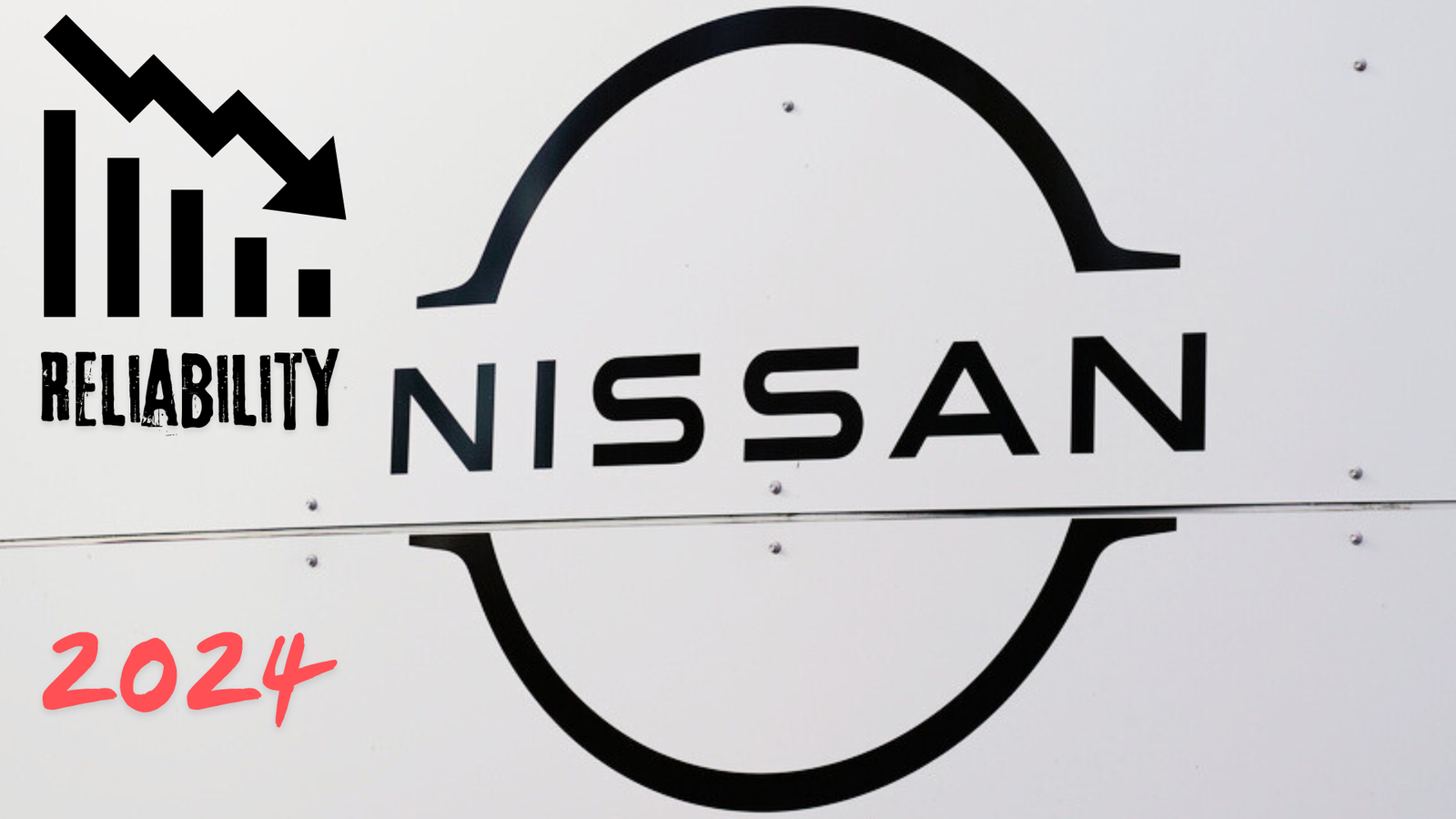For decades, Nissan was synonymous with durability and rock-solid reliability. During the 1980s and 1990s, models like the Nissan Maxima, Pathfinder, and Patrol (Safari) were renowned for their longevity, with many still on the road today. However, the 21st century marked a shift.
As Nissan embraced newer technologies such as continuously variable transmissions (CVTs) and cost-cutting manufacturing strategies, reliability ratings began to decline. Today, many Nissan models struggle to match the dependability of their predecessors, raising concerns about the brand’s long-term durability.
How Did Nissan’s Reliability Decline?
One of the primary reasons Nissan’s reliability took a hit was the introduction of CVT transmissions across multiple models. While CVTs offer improved fuel efficiency, they have been plagued with overheating, premature wear, and high failure rates.
However, it would be a mistake to attribute Nissan’s reliability concerns solely to the CVT. For example, the 2022+ Nissan Pathfinder transitioned from a CVT back to a conventional ZF 9-speed automatic transmission, yet its reliability ratings remain subpar.
According to Consumer Reports evaluation, the 2024 Nissan Pathfinder received 2 out of 5 reliability verdict. This suggests that Nissan’s issues go beyond just transmission choices.
Other notable factors include:
- Cost-cutting measures: During Carlos Ghosn’s tenure as CEO (1999–2019), aggressive cost-cutting strategies aimed at boosting short-term profits led to the use of lower-quality components and outsourcing of key parts.
- Unproven technologies: Nissan’s rushed adoption of new technologies, such as electronic power steering, early hybrid drivetrains, and certain turbocharged engines, resulted in higher failure rates.
- Quality control inconsistencies: Variations in assembly line standards, particularly in factories outside Japan, contributed to unpredictable reliability outcomes.
Carlos Ghosn’s Cost-Cutting: Did It Hurt Nissan’s Reliability?
Carlos Ghosn played a pivotal role in saving Nissan from financial collapse in the late 1990s. However, his aggressive cost-cutting measures also had unintended consequences. To reduce production costs, Nissan outsourced many components and shifted manufacturing to cheaper locations.
While this improved profitability in the short term, it also compromised the long-term durability of certain models. For instance, models produced before Ghosn’s tenure, such as the 1990s Nissan Patrol (Safari), are still revered for their durability.
In contrast, the modern Nissan Patrol (sold as the Armada in North America) has been plagued with engine and suspension issues.
However, not all of Nissan’s recent failures can be directly linked to Ghosn. Some post-Ghosn strategies, such as Nissan’s reliance on Renault for shared platforms and parts, also played a role in the brand’s reliability struggles.
The Nissan Patrol Safari vs. The Modern Patrol (Armada): A Case Study
The Nissan Patrol Safari (Y61), built before the cost-cutting era, is known for its indestructible inline-six engine (TB48DE) and traditional 5-speed manual or 5-speed automatic transmission. This model, particularly in Middle Eastern markets, has proven its reliability in extreme conditions.
The modern Nissan Patrol (Y62), however, has suffered from reliability issues despite using a traditional 7-speed automatic instead of a CVT. Reported problems include:
- Timing chain tensioner issues: Leading to engine failures.
- Weak air suspension systems: Prone to leaks and malfunctions.
- Transmission lag and overheating: Despite being a traditional automatic, software calibration and component choices have led to performance concerns.
This comparison proves that Nissan’s reliability decline is not just about transmission choices—it’s a broader issue stemming from engineering, component quality, and manufacturing priorities.
For a more about Nissan’s CVT issues, you might find the following video informative:
Will the Nissan-Honda Partnership Improve Reliability?
In 2024, Nissan and Honda announced a strategic partnership to collaborate on electric vehicles (EVs) and fuel-efficient technologies. While Honda has maintained a strong reputation for reliability, it remains unclear whether this partnership will directly impact Nissan’s existing reliability issues.
If Nissan integrates Honda’s quality control standards and engineering principles into future models, we could see improvements. However, if the partnership remains limited to EV development, traditional Nissan models may continue to suffer from past engineering and cost-cutting issues.
Conclusion: The Future of Nissan’s Reliability
Nissan’s reliability decline was not a sudden event but rather a gradual erosion influenced by multiple factors. While Nissan CVT reliability played a role, deeper issues like cost-cutting, untested technology, and inconsistent quality control have had a lasting impact.
The transition away from CVTs, as seen in the Pathfinder, hasn’t necessarily restored reliability, proving that Nissan’s challenges are more systemic.
With the new Honda partnership, Nissan has an opportunity to reverse its downward trend—if it prioritizes engineering over cost-cutting. Until then, buyers should carefully consider which Nissan models to purchase, opting for those with proven track records of durability.
If you’re curious about why Toyota and Honda are known for their reliability, check out this article, “Find Out Which is More Reliable? Toyota vs Honda.” You’ll find plenty of car reviews, tips for buying, and the latest news in the industry on our site. Feel free to browse around and don’t forget to save our homepage for future updates!

